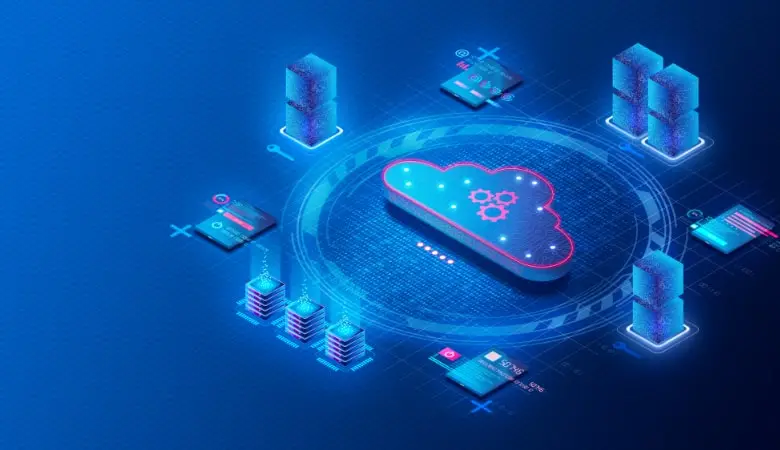Why You Should Keep Your Internet-Connected Devices Updated

Every day, more of us have connected devices (IoT). We must know the importance of keeping our systems up to date to avoid privacy and security issues. Do you want to know why and how to do it? We explain it to you.
In the era of the IoT (Internet of Things), convenience and connectivity are more linked than ever; however, behind this innovation, fundamental security and privacy challenges cannot be ignored. The amount of data they handle and the possibility of a vulnerability to attacks are crucial factors that users must consider to protect their information and electronic devices.
Below, we will detail the current context and the value of keeping your applications up to date.
What is the current situation?
The IoT is a constantly developing technology, and its advancement can influence our lives. It is currently one of the technological trends with the greatest impact on the market.
According to a study by Statista, the use of connected devices with this technology is expected to continue to increase considerably in the coming years worldwide. Furthermore, the relationship with home automation is indisputable since, through domestic IoT networks, we can automate the lighting in our homes, security and temperature management, among many other things, thus creating smart homes.
How are IoT devices managed?
Applications play a relevant role in the management of different IoT devices. We list some of its main functions:
Device registration: Allows you to register new devices on the network to keep track of them.
Monitoring: They collect data from devices in real-time. This includes status, location, temperature, humidity and other parameters.
Updates and maintenance: They manage updates to IoT devices and their health and alert them about potential problems.
Security and access: They implement security measures to protect devices and the data they transmit. They can also control access to devices through authentication and authorization.
Automation and rules: Depending on the type of application, they can define rules and automation; for example, if the temperature exceeds a threshold, an alarm can be triggered or device settings can be adjusted.
Power management and efficiency: They optimize the power use of devices, as they can schedule on/off cycles or adjust the data usage of the device; in this way, they can help extend the life of the device.
In summary, these applications are the brain that allows you to configure and control IoT devices, allowing, as mentioned, the management of device security updates, a fundamental aspect. Typically, these applications are available for download from the official Google Play and Apple Store and can be easily installed on any mobile device.
Risks of not updating IoT device systems
Failure to update IoT devices can lead to several risks and security issues. Next, we will show some of the most significant:
Vulnerabilities: If you do not update your IoT devices, they may have flaws that cybercriminals, such as network intrusions and exposure of personal data, could exploit.
Privacy: These devices may collect your data. Therefore, if they are not updated, there is a risk that this data will be exposed, compromising your privacy.
Malware: Some type of threat can more easily infect Outdated IoT devices, and if a device is infected, it can be used to spread to other devices on your network.
Decreased performance: If they are not updated regularly, they can become slower over time, and as their performance worsens, errors can occur in executing their functions.
Vulnerabilities that would be solved with new updates
The updates that IoT device manufacturers release and make available to users usually solve relevant aspects such as those detailed below:
Updating default passwords: Devices sometimes come with default passwords that are widely known and can be easily exploited, such as ‘1234’, ‘admin’ or ‘1111’. Updates may allow you to change these passwords or force users to set strong passwords.
Enhancing encryption protocols: Updates can strengthen the encryption protocols used for communication between the IoT device and other systems. This is essential to protect the confidentiality of the transmitted data.
Secure default settings: This allows you to change the device’s default settings to make them more secure by turning off unnecessary services or adjusting access permissions.
Strengthening network security: These could include improvements to network security, such as threat detection and prevention, firewalls, and malicious traffic filtering.
Correction of known security flaws: By solving the identified vulnerabilities, potential attackers are prevented from accessing the device, extracting data, etc.
Strengthening authentication mechanisms: Strengthen authentication mechanisms to ensure only authorized users can access the device and its functions.
Updated privacy and consent policies: These could address issues related to user privacy, including how device data is collected, stored and shared, ensuring greater compliance with privacy regulations.
How can you tell if your device is updated?
Consult the instruction manual, which details how to verify the version of the device.
Visit their website to check available updates on their products and download instructions.
Install the mobile applications that the manufacturer offers to manage the different functions of the device, such as checking and downloading updates to the device, as well as receiving notifications when an update is available.
Review the IoT device configuration. It is possible that you can search for updates and download them in the configuration menu itself.
As we have seen, IoT devices have experienced constant growth, offering significant benefits in our daily lives with security systems, such as motion sensors that you can monitor from your mobile phone for greater peace of mind and activity bracelets, which collect data on your heart rate, steps and sleep to help you maintain a healthier lifestyle.
Over time, we are likely to see even more applications in various fields. While IoT devices offer many advantages, they also pose challenges related to data privacy and security, and we must understand the importance of protecting our personal information and keeping our devices updated, thus solving many vulnerabilities.
Finally, we should note that some IoT devices may stop receiving updates for various reasons. In such circumstances, it is recommended to consider replacing the device with one that continues to be maintained to ensure data privacy and security.
Also Read: How to Protect Cloud Data





